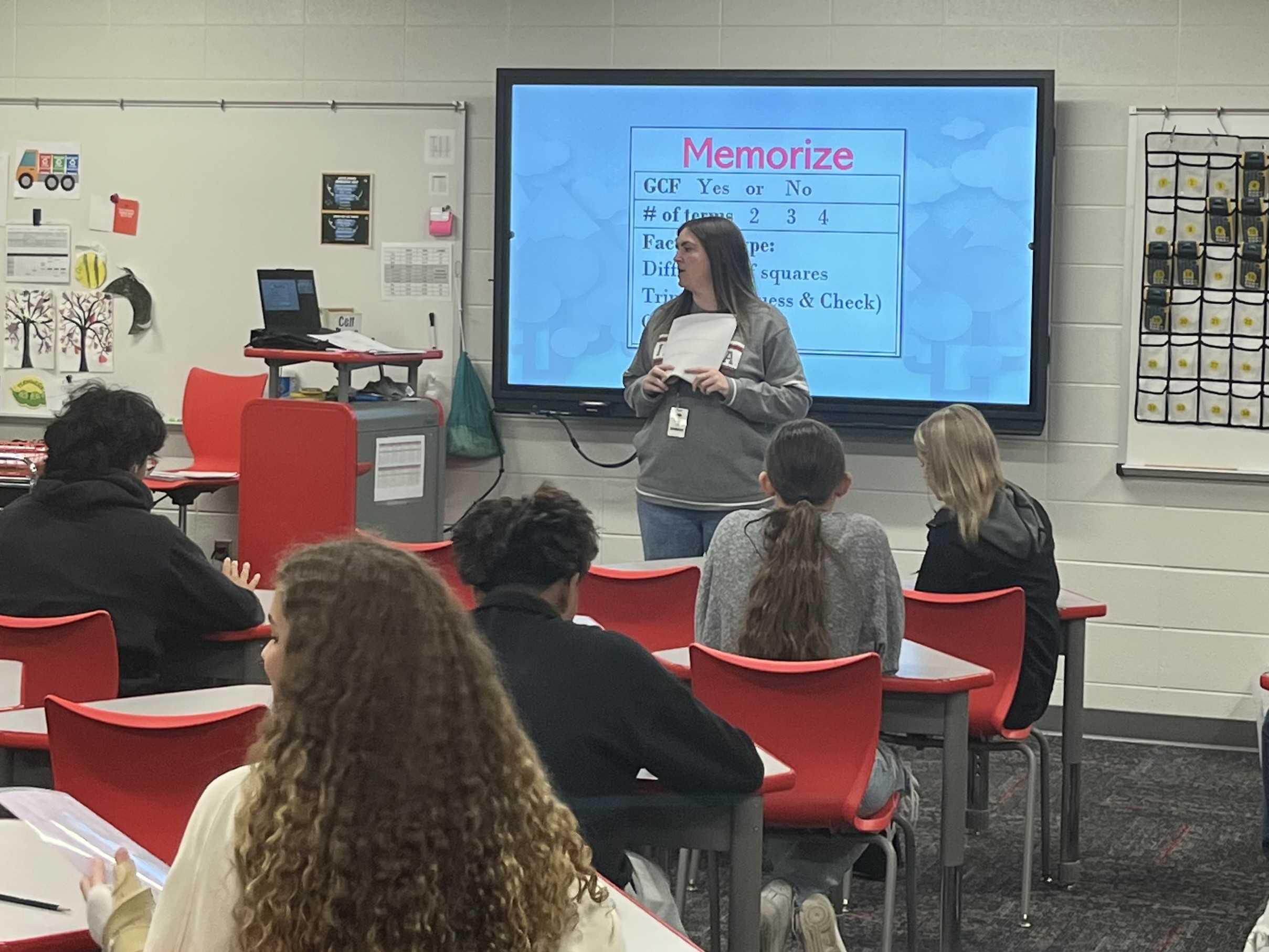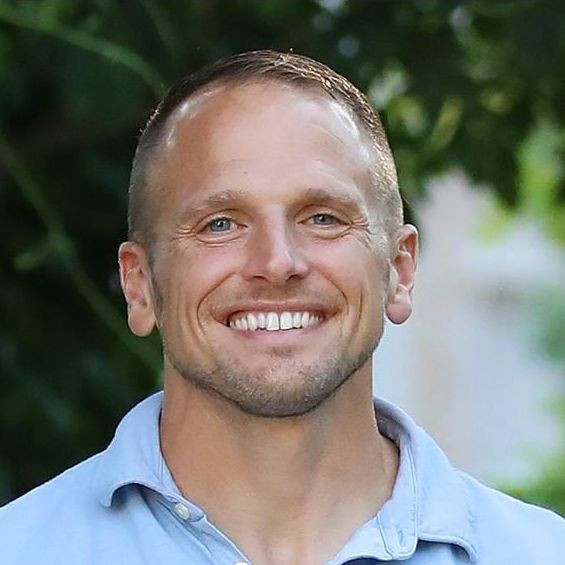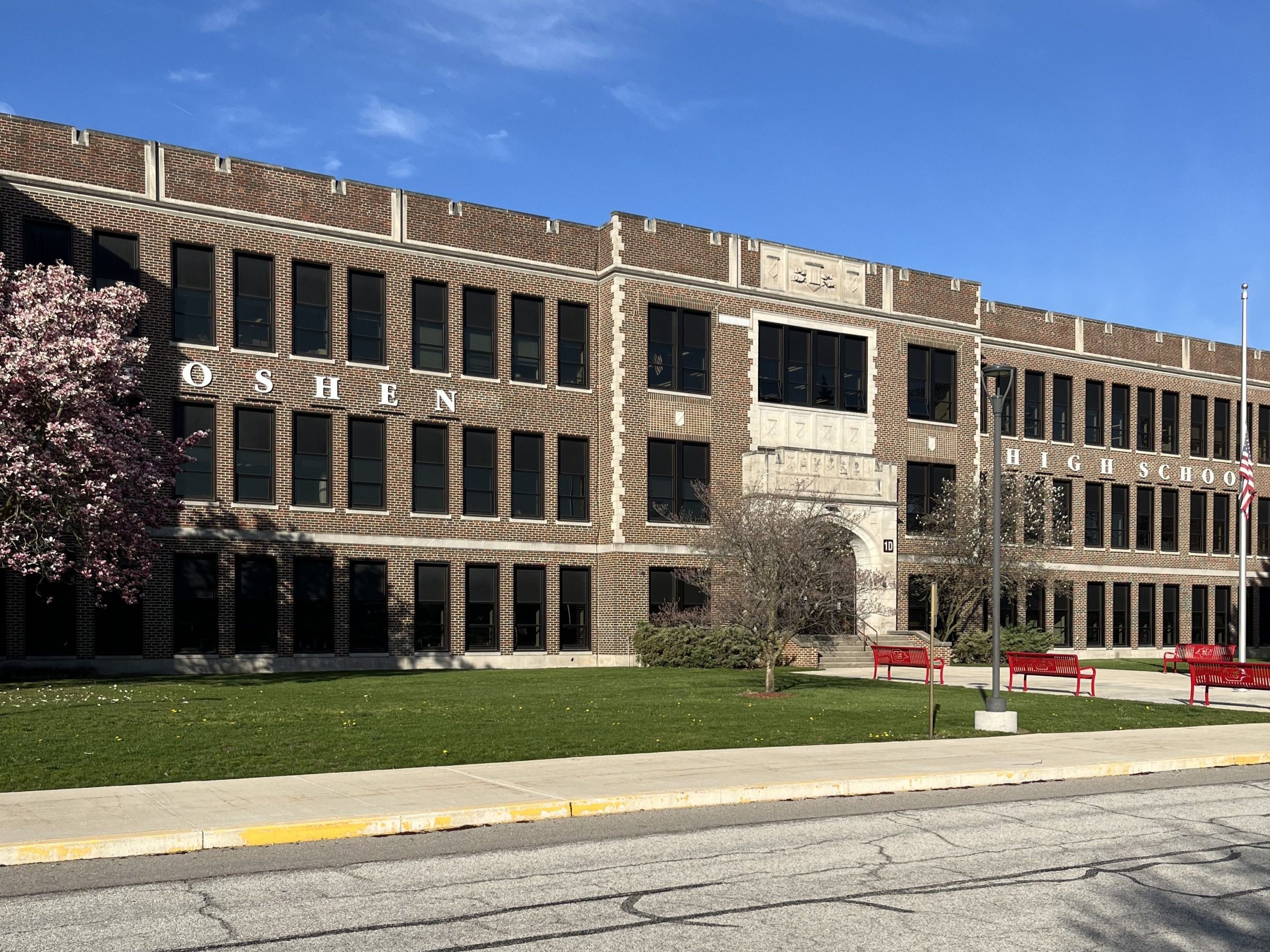Unlocking Learning: Cognitive Science Academy Helps Educators Understand How Students Learn

“I was absolutely captivated. He was talking about how students actually learn—how their brains process and store information—and suddenly, I was thinking about my time in the classroom and wished I knew these principles. It just made so much sense.“
– Darin Holsopple, assistant priNcipal, goshen high school
When Goshen High School assistant principal Darin Holsopple first heard InnerDrive’s founder Edward Watson speak at a CELL Lunch and Learn, he was sitting in his office. Between preparing for classroom visits and an administrative meeting, Watson’s message stopped Holsopple in his tracks.

“I was absolutely captivated,” Holsopple said. “He was talking about how students actually learn—how their brains process and store information—and suddenly, I was thinking about my time in the classroom and wished I knew these principles. It just made so much sense.”
That moment sparked a powerful realization. Even with years of experience, educators still have questions about how students learn and why certain things just don’t seem to stick.
Soon after, Holsopple and two other members of Goshen’s administrative team enrolled in the inaugural cohort of the Cognitive Science Academy—a first-of-its-kind professional learning experience changing how educators across Indiana approach instruction.
“There is a lot of research on cognitive science, but not a lot of that is being applied in practice. We’re bridging that gap.“
– Stacy knoop, literacy specIalist and cognitive science academy coordinator, CELL
A New Way to Learn About Learning
Launched in September 2024 by the Center of Excellence in Leadership of Learning (CELL) at the University of Indianapolis, the Cognitive Science Academy was a nine-month virtual masterclass series designed to help educators bring the science of learning into the classroom. InnerDrive—a U.K.-based teaching and learning organization—developed the program with CELL, bringing it to the U.S. to help schools turn cognitive research into everyday practice.
Through nine monthly, 90-minute sessions, educators dove into topics like Cognitive Load Theory, metacognition, interleaving, retrieval practice, and the psychology of motivation. Each session combined insights from international experts with time for instructional teams to collaborate and plan how to implement their new learning.
“Are we setting students up for the optimal learning experience? That’s the question we’re helping participants explore.”
– Stacy knoop, literacy specIalist and cognitive science academy coordinator, CELL
“There is a lot of research on cognitive science, but not a lot of that is being applied in practice,” said Stacy Knoop, literacy specialist and Cognitive Science Academy coordinator at CELL. “We’re bridging that gap.”
Cognitive science, also known as the science of learning, explores how the brain learns and remembers—absorbing new material, storing it, and retrieving the information later. Despite its rapid growth in recent decades, much of that knowledge has yet to make it into classrooms or teacher preparation programs. CELL aims to change that by helping schools implement practical, evidence-based strategies that work across all grade levels, subjects, and student populations.
“Are we setting students up for the optimal learning experience?” Knoop asked. “That’s the question we’re helping participants explore.”
“This was a chance to build our own understanding of cognitive science and start spreading that knowledge throughout the building.“
– Darin Holsopple, assistant priNcipal, goshen high school

Applying Learning Science in Real Time
For the team at Goshen High School, the timing couldn’t have been better. With recent changes to its instructional coaching model, the responsibility for teacher development has shifted back to administrators.
“We’re in a transition period,” Holsopple explained. “This was a chance to build our own understanding of cognitive science and start spreading that knowledge throughout the building.”
Now, Holsopple regularly integrates what he’s studying into teacher observations. “In almost every post-conference, I am able to bring up something I’ve learned from the Cognitive Science Academy to pass onto the teacher,” he said.
Cognitive load theory especially stands out for Holsopple. The research shows the short-term memory can only hold around seven pieces of information at a time. “I looked at our schedule—seven periods a day—and it really hit me,” Holsopple said. “Teachers connecting new learning to what students already know is critical, or it’s just going to fall away. That’s the way the brain works.”
“This is fresh. This is new. These are things that you probably don’t know until you really start to study them. It’s getting the teachers excited because they love to learn too.”
– Darin Holsopple, assistant priNcipal, goshen high school
The same goes for practices like interleaving, which challenges students to recall and apply their learning across a mix of problem types, something Holsopple wishes he had done more of as a math teacher.
“I could not wrap my mind around why students solved problems so quickly when we worked them together in class, but then struggled on the test. I now understand I was making it too easy. They didn’t have to spend enough energy thinking about how to solve a problem and noticing different patterns,” Holsopple said. “That’s definitely something I would go back and change in my own classroom, so now I’m addressing it with my teachers.”
These insights are starting to shape Goshen’s approach to curriculum planning. As Holsopple meets with professional learning communities to map out next year’s pacing, he’s requiring teams to embed regular review and plan for key learning to resurface throughout the year.
“We’re literally going to sit down with our first-year teachers and chart it out,” he said. “We have 180 instructional days. Here’s what we’re teaching in unit one, and here’s where we’re going to bring it back in units two, four, and eight. We’re trying to flatten the forgetting curve.”
“If our whole staff understands how students learn, we’ll have fewer failures. That means students can take more dual credit classes, more CTE courses, and get on better paths after graduation. And when students thrive, so do their families and communities.“
– Darin Holsopple, assistant priNcipal, goshen high school
Helping Teachers Keep Going—and Growing
Beyond the classroom impact, Holsopple sees teacher support as another big benefit.
From new teachers finding their footing to veteran teachers who’ve “heard it all before,” the Cognitive Science Academy offers valuable professional development.
“This is fresh. This is new. These are things that you probably don’t know until you really start to study them. It’s getting the teachers excited because they love to learn too,” he said.
As teachers become more successful in the classroom, the implications for teacher confidence, engagement, and retention are huge. But that is a byproduct of a common goal the entire Goshen High School team shares: helping students succeed.
“If our whole staff understands how students learn, we’ll have fewer failures,” Holsopple said. “That means students can take more dual credit classes, more CTE courses, and get on better paths after graduation. And when students thrive, so do their families and communities.”
Even with years of experience, educators still have questions about how students learn and why certain things just don’t seem to stick.
Small Steps, Big Impact
For Holsopple, the true value of the Cognitive Science Academy isn’t in upending what teachers already do. It’s in sharpening their awareness of what works based on the research.
“As a district, we always want to be moving forward,” Holsopple said. “The takeaways from the Cognitive Science Academy aren’t major changes. This isn’t something our teachers are going to have to spend an incredible amount of time on. In fact, it’s not really a transition. It’s about gaining an awareness of the way students think and learn and implementing that into our classrooms. That is how we stay out front and keep improving.”
Looking Forward
What’s next for cognitive science at CELL? After the success of the Cognitive Science Academy, the CELL team began to brainstorm how to help even more educators access learning science principles that can transform their teaching. CELL is currently working with InnerDrive to develop a micro-credential in the science of learning, featuring more asynchronous work and an abbreviated course schedule, to launch in the fall of 2025.
Interested in exploring a micro-credential in the science of learning? Complete the interest form or email Stacy Knoop at knoops@uindy.edu.
